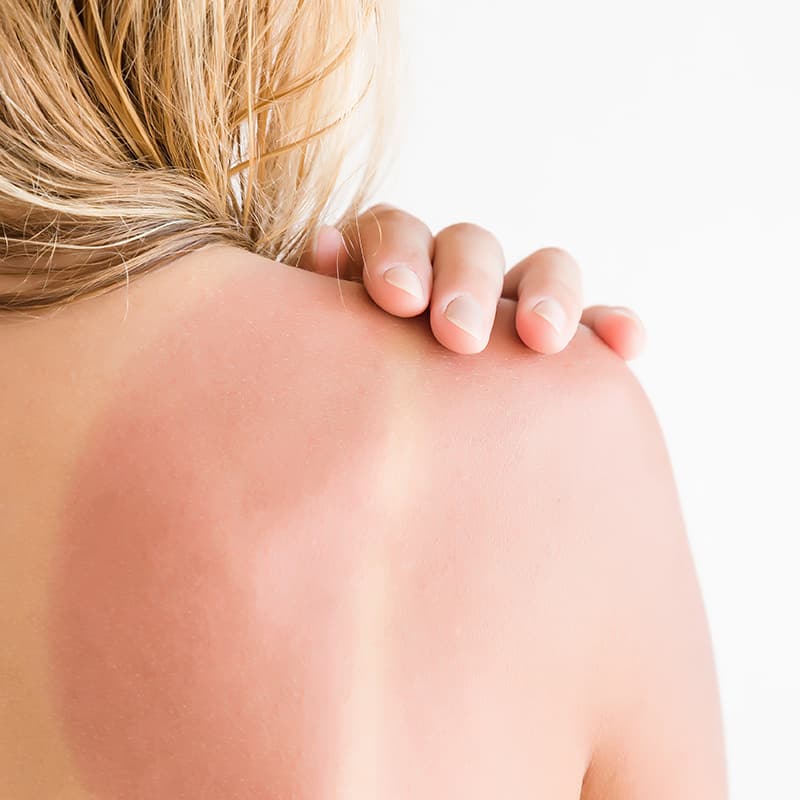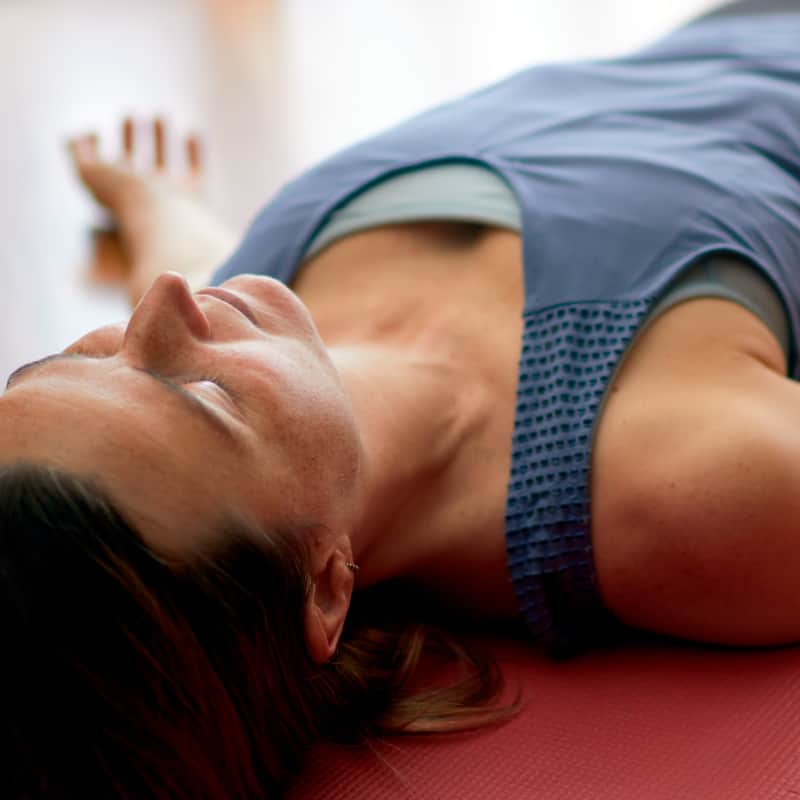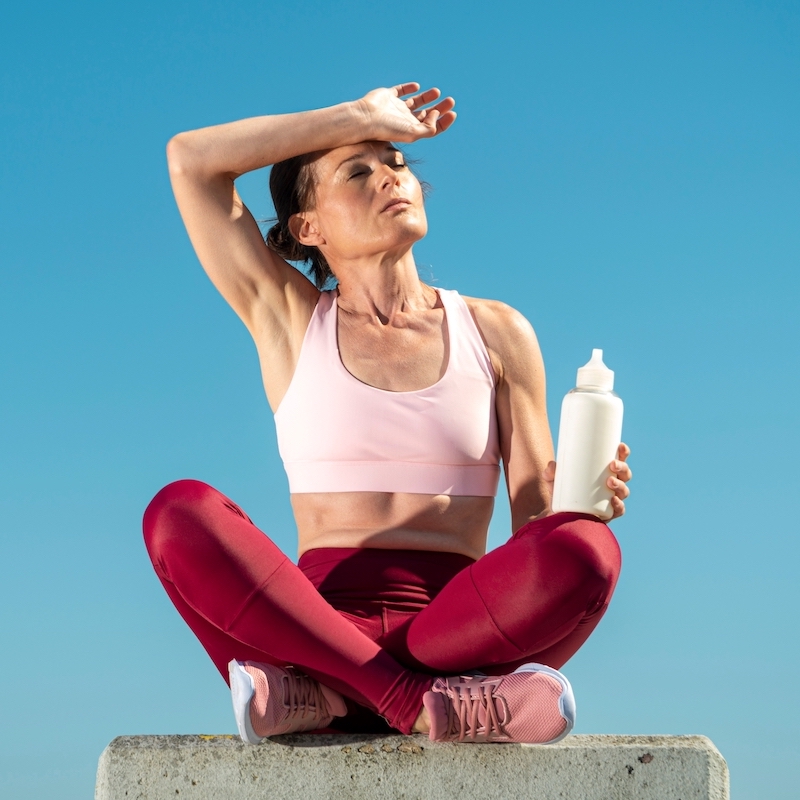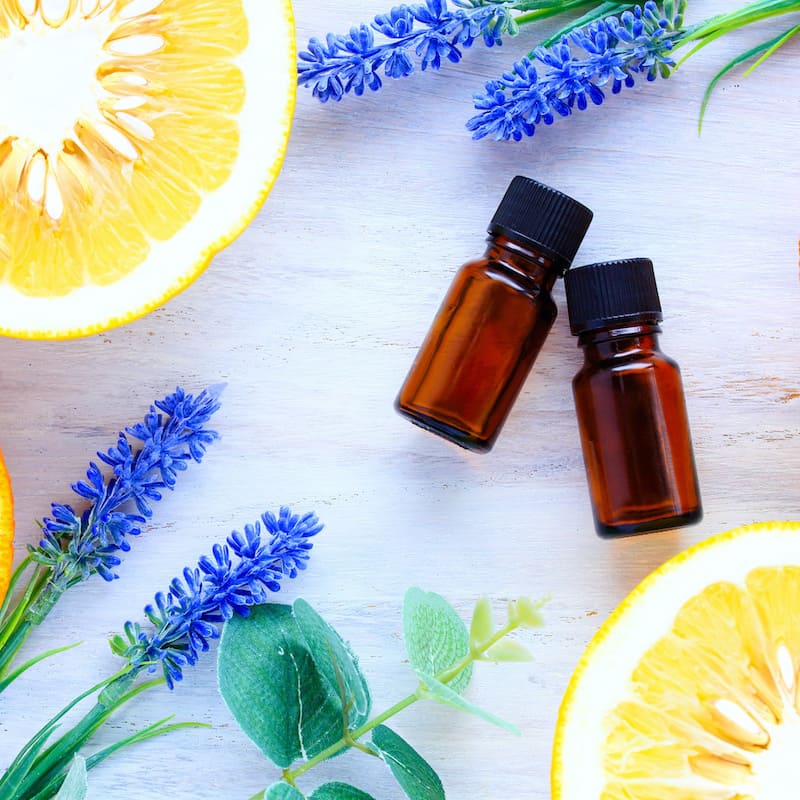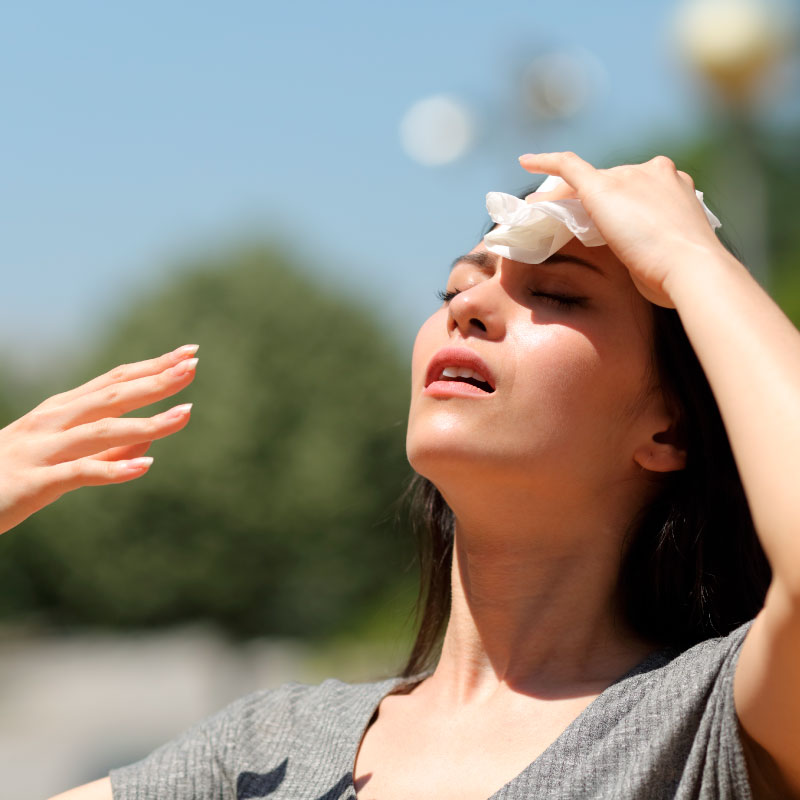This Dr. Axe content is medically reviewed or fact checked to ensure factually accurate information.
With strict editorial sourcing guidelines, we only link to academic research institutions, reputable media sites and, when research is available, medically peer-reviewed studies. Note that the numbers in parentheses (1, 2, etc.) are clickable links to these studies.
The information in our articles is NOT intended to replace a one-on-one relationship with a qualified health care professional and is not intended as medical advice.
This article is based on scientific evidence, written by experts and fact checked by our trained editorial staff. Note that the numbers in parentheses (1, 2, etc.) are clickable links to medically peer-reviewed studies.
Our team includes licensed nutritionists and dietitians, certified health education specialists, as well as certified strength and conditioning specialists, personal trainers and corrective exercise specialists. Our team aims to be not only thorough with its research, but also objective and unbiased.
The information in our articles is NOT intended to replace a one-on-one relationship with a qualified health care professional and is not intended as medical advice.
7 Face Yoga Exercises for Fuller, Firmer Cheeks & Tighter Skin
April 17, 2024
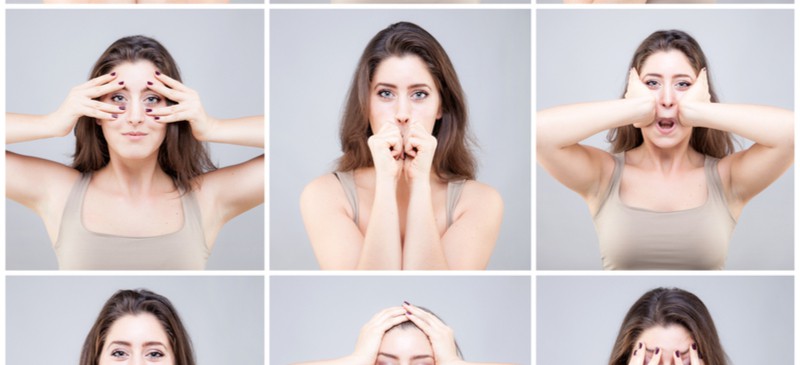
There’s no shortage of different yoga styles to choose from, but here’s an emerging type you may have never heard of: face yoga.
In addition to potentially having anti-aging effects, yoga for your face might help you relax and relieve tension, such as in the muscles around your temples and in between your eyes. (This type of tension can contribute to issues like eye strain and tension headaches.)
Learn about how face yoga works, including exercises you can start doing today.
What Is Face Yoga?
“Face yoga” describes facial exercises that are performed to tone and stretch the muscles in the face, usually in an attempt to fight off signs of aging.
Facial exercises actually have a long history of use in the treatment of certain health conditions that affect muscle control, including strokes and Bell’s palsy. As such, it seems to make sense that the same exercises would help slow down the look of aging skin, since studies show that age-related issues like sagginess (deterioration of facial tissue) are due in part to muscle loss.
While there isn’t a good deal of evidence yet proving that the face yoga method reliably works as well as other interventions like creams and botox, proponents of the practice claim that its benefits can include:
- Helping smooth wrinkles and fine lines
- Lifting the skin around the eyes and preventing under eye bags/sagging
- Toning and plumping the cheeks
- Tightening the skin around the neck and jawline
- Decreasing straining, pain and tension in overworked muscles (similarly to how regular yoga benefits people with muscles tension and helps promote overall relaxation)
- Helping get rid of face fat
How It Works
You can think of face yoga as a gentle form of “strength training” for you face and neck muscles. The more you repeat certain face yoga exercises that target different parts of your face, the more you may notice that the muscles and skin start to slightly change for the better.
Based on what we know about facial exercises in general, the face yoga method seems to work in these ways:
- Stimulates facial muscles, helping improve their tone and “tightness.” This can explain why it may help some people experience reduced signs of aging, such as sagging.
- Increases blood flow/circulation to the skin, which can be helpful for clearing skin.
- Reduces strain and tension in the face muscles that are caused by repeated facial expressions throughout the day, such as squinting. Massage and acupressure techniques are also incorporated into the face yoga method, helping relax key points in the face that tend to become tense.
How much does face yoga cost? It’s probably hard to find instructors who specialize in face yoga or regular classes at yoga/fitness studios in your area, which means that practicing online is likely your best bet.
If you are able to attend to a facial exercise yoga class/workshop, expect to pay between $50 and $200, depending on the location and length.
Watching YouTube videos online and reading books/articles are easy and low-cost ways to learn how to perform facial exercises, especially when you compare the cost to botox, professional massages and facials, and inexpensive anti-aging creams.
Here’s a four-minute video with face yoga exercise instruction from Blush with me-Parmita:
Face Yoga Exercises
Unlike some types of yoga, such as Bikram or Ashtanga, there isn’t one standard face yoga sequence to follow. Rather there are lots of different exercises you can try, in no particular order, to see if they provide you with any benefits or relief.
In one study, 32 distinct facial exercises were practiced, each one for about a minute. Examples of various exercises included those targeting the lower and upper cheek, space around the eyes, jawline, neck and mid forehead.
The exercises were referred to by names such as:
- Cheek lifter
- Eyebrow lifter
- Happy cheeks sculpting
- Scooping: jaw and neck firmer
- Temple developer
- Upper eyelid firmer
Below are variations of some popular face yoga exercises you can practice at home:
[*Note: Try not to wrinkle your face too much or squint while performing these exercises, which can be counterproductive. Focus of lifting and expanding instead.]
1. Eye-Opener
Use your fingers to form “binocular” shape around your eyebrows, cheeks and across the face. Lift your eyebrows without wrinkling the forehead too much, then squint and then lift them again. Aim to repeat about 50 times.
2. Forehead Lifter
Interlace your fingers over your forehead and apply light pressure while attempting to lift your forehead. Repeat 50 times, and/or hold for up to one minute.
Another way to do this is to place both palms on your temples, push your palms up and back to lift the sides of your face, then hold for five seconds and keep repeating.
3. Cheek Lifter
Open your mouth wide, keep your teeth covering your lips and lift your cheeks. Hold for 10 seconds, then return to normal. Aim to repeat 50 times. (Try not to squint while lifting.)
4. Neck and Jaw Stretch
Tilt your face upward slightly, then lift your chin up and forward at a 45-degree angle and over toward one shoulder, holding there for three seconds. Return back to center, then repeat to the other side. Repeat 20 times on each side, or aim to keep repeating for one or several minutes straight.
Another good way to stretch and strengthen your neck and jaw (only if you have no neck issues) is to tilt your head all the way back and hold, repeating for up to a minute.
5. Pucker Lips
Pucker your lips, loosen them slightly and repeat. Repeat for up to one or several minutes.
6. Smiler
Smile 50 times without wrinkling your eyes, then hold a soft smile for 50 seconds straight.
7. Massage + Face Savasana
Clean your hands and face with a gentle cleanser, then massage your face all over (you may want to use coconut oil to make this easier). Gently press your fingertips into your facial muscles to relieve any strain. Make sure to pay attention to your “third eye” (the space between your brows), massaging for 30 minutes and circling around your eyes. (You may want to try using your fits around your forehead and eyes too.)
Finish with a warm towel laid over your face as you lay down and relax.
Does Face Yoga Work?
While more formal research on this method is warranted, there is some evidence suggesting that these exercises, when practiced consistently, can lead to changes in the facial muscles and potentially skin.
One of the most reliable studies focused on the effects of face yoga to date was conducted by researchers at Northwestern Medicine and published in JAMA Dermatology. The study found that when adult women practiced face yoga exercises consistently for 30 minutes per day over a 20-week (four- to five-month) period, most did experience changes in their facial muscles and skin, including measurably fuller and firmer cheeks and tighter skin.
Researchers involved in the study assessed photos of the participants by using a standardized facial aging scale. They rated 19 features of the participants’ faces at the beginning of the study and again at week eight and at week 20.
The raters found that upper cheek and lower cheek fullness were most significantly enhanced, and overall participants appeared to be about three years younger after completing the 20-week face yoga program.
How long does face yoga take to work?
You may need to practice for at least several weeks, likely more than six in most cases, to see any results. Most face yoga experts recommend ideally practicing up to six days a week for around 30 minutes a day for the practice to really pay off.
If performing facial exercises isn’t really your thing but you’re intrigued by the idea of paying closer attention to the connection between your face and overall health, consider learning more about face mapping.
This ancient practice that has root in Traditional Chinese Medicine and Ayurveda can help you learn how to treat underlying health concerns that cause symptoms on specific areas of your face. Face mapping is used by some people to help treat issues like redness, rashes due to food allergies, lines, puffiness and wrinkles, and to improve overall mood and energy.
Risks and Side Effects
Does face yoga actually cause wrinkles? In order to avoid worsening lines and wrinkles, face yoga exercises should be performed without scrunching and squinting your face too much.
The idea is to stretch and firm the muscles without wrinkling the skin.
Face yoga does seem to be generally very safe to try, as long as you take it easy at first and don’t yank your neck too much or use too much pressure. Northwestern University concluded from its research that face yoga offers individuals “a low-cost, non-toxic way for looking younger, or to augment other cosmetic or anti-aging treatments they may be seeking.”
Even if you aren’t getting the anti-aging benefits you were hoping for, if face yoga helps you feel calmer (after all, we know yoga can change your brain!) and perhaps decreases eye strain or headaches, consider this a win.
Overall, while face yoga may potentially make you feel less tense and look more refreshed, you still don’t want to give up on other ways of taking care of your skin — such as using sun protection, eating a healthy diet, sleeping enough and drinking plenty of water.
Final Thoughts
- Face yoga involves performing exercises that target the muscles in your face and neck to help improve your appearance, tone and slim your face, and promote relaxation of overworked muscles.
- While research is overall lacking, benefits of face yoga exercises may include filling out the cheeks, reducing skin sagging, decreasing lines, and helping to treat eye strain and headaches.
- You may need to practice for at least several months to see any results. Most face yoga experts recommend ideally practicing up to six days a week for around 30 minutes a day for the practice to really pay off.







